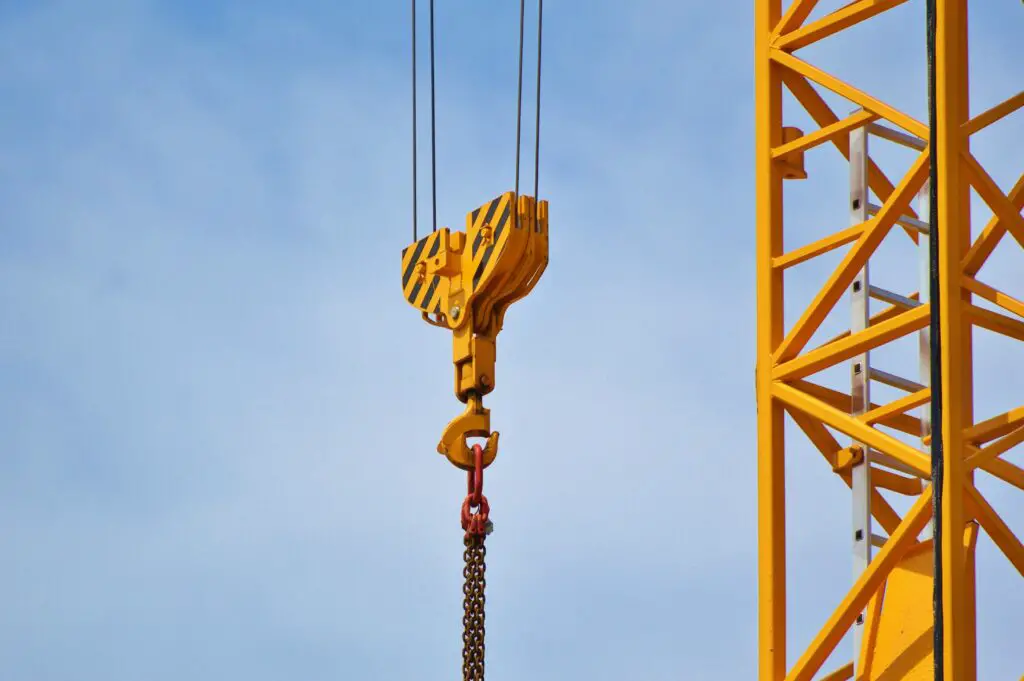
Crane Setup Tips: Guaranteed Steps for Safer Crane Setups
Construction safety should be at the top of everyone’s priority list, yet accidents due to negligence still occur on sites across the country.
Whether you are operating a mobile crane or some other heavy equipment, you must do so safely. Even slight errors can result in injury or death.
From planning and preparation to maneuvering the vehicle around the job site, every step should be considered carefully. Let’s take a look at some mobile crane setup tips that can help you maintain a safe working environment.
Crane Setup Steps:
Following the correct mobile crane setup procedure is the easiest way to reduce the chances of an accident occurring. On top of that, following the mobile crane setup tips below will help you plan effective and efficient use of personnel and equipment.
Begin Preparation
Before using the mobile crane, there needs to be a plan in place. Imagine lifting heavy objects and materials without knowing where it needs to be or how the lift will be conducted?
Instead, you should develop a plan that addresses any concerns or hazards. Starting your planning and preparation early is one of the easiest ways to ensure your lift is safe.
Research and Implement Official Requirements
As part of your planning process will be researching requirements and procedures that may impact your work. For example, if you’re operating in a location you’re unfamiliar with there may be some rules and regulations you’ll need to comply with.
Outside of rules and regulations you’re unfamiliar with, there are OSHA and ASME rules you must know and comply with.
Develop a Lift Plan
Another important part of safe mobile crane operations is developing a lift plan. If you’re unfamiliar with the process, a lift plan outlines the procedures of a lift in detail. Things such as the mass of the load being lifted, a diagram of the lift, and the names of those involved need to be included in the plan.
Double-Check the Placement
During the planning process, you’ll need to establish where you want to place the mobile crane. The location you choose should be accessible for the type of crane you’ll be using, in this case, a mobile crane.
You also want to leave enough space for all of the additional equipment you’ll be using too. Once you’ve found the spot, double-check everything to ensure any problems aren’t due to misplacement. It might be easy to skip this step, but you can avoid future problems and frustration with a simple double-check.
Choose the Right Crane Pads or Outrigger Pads Size
It would be difficult to perform a lift without the right crane pads or outrigger pads. These crucial crane components are designed to distribute the load from the outrigger float over a large enough area so that the bearing pressure to the ground surface is acceptable.
Inspect the Ground
A ground inspection of the area you’ll be placing the crane can help you avoid unsuitable soil conditions.
There are several criteria you should consider including if the soil has been or needs to be drained. You should also check if the soil has the right bearing strength. One way to tell if it has the right bearing strength is to check if the solid is compact.
Lastly, you’ll need to consider if any hazards lay below the surface.
If after your inspection you find out the soil conditions are not ideal you essentially have two choices.
Either you must pick a new spot to perform the lift from or you’ll need to improve the soil conditions. It may not be possible to set up the mobile crane in a new location, so in some cases, you only have one choice.
Identify Any Hazards
When it comes to identifying hazards, you need to consider those around you, above you, and below the surface. Seeing that construction environments are constantly changing as the project progresses you’ll need to keep an eye out for anything in the way.
These could be power lines overhead or fellow workers around the site.
To see other material construction, please see here.
To know other construction guides, tips, and methodology for beginners, veterans, and contractors, please see here.
